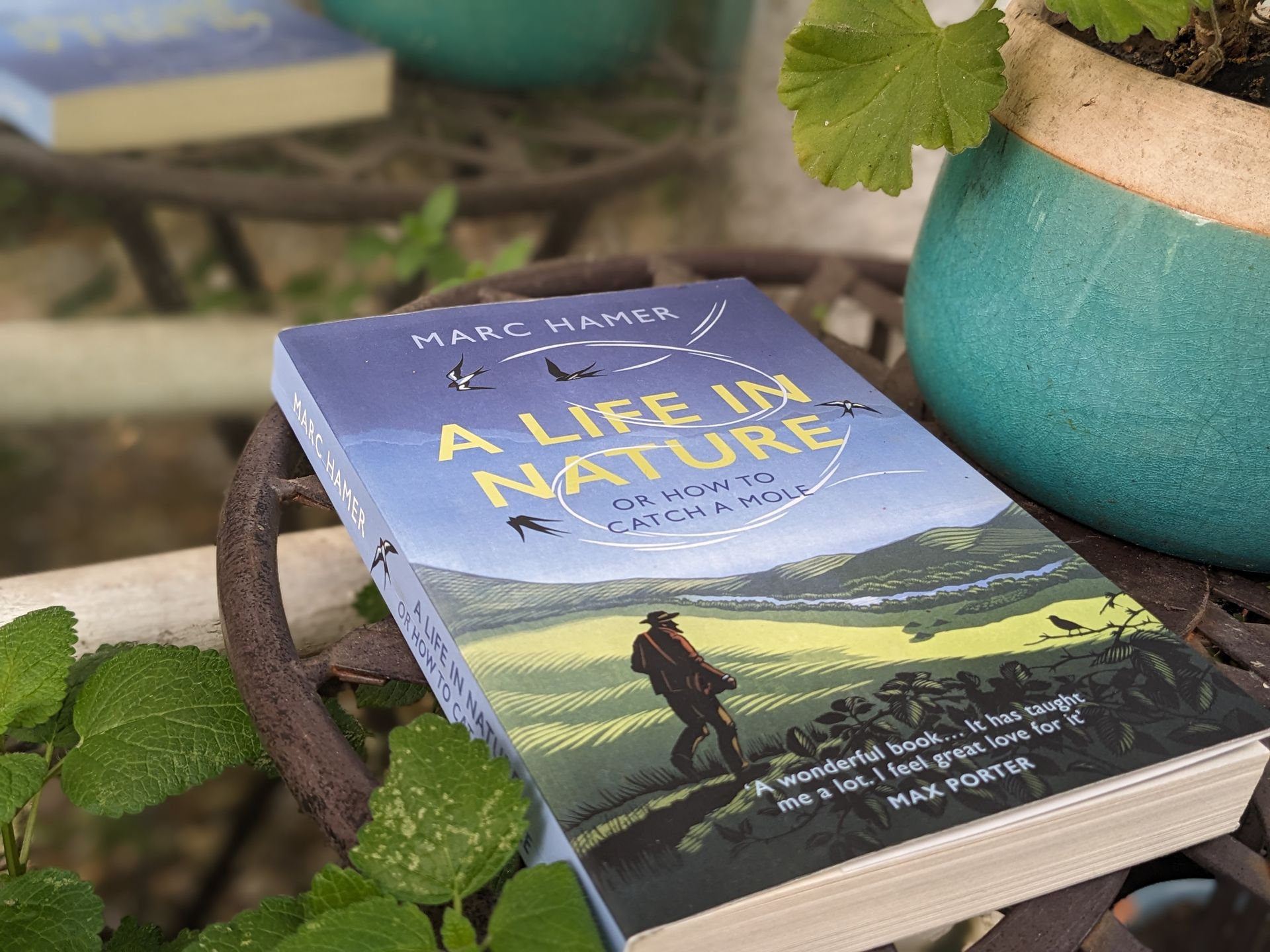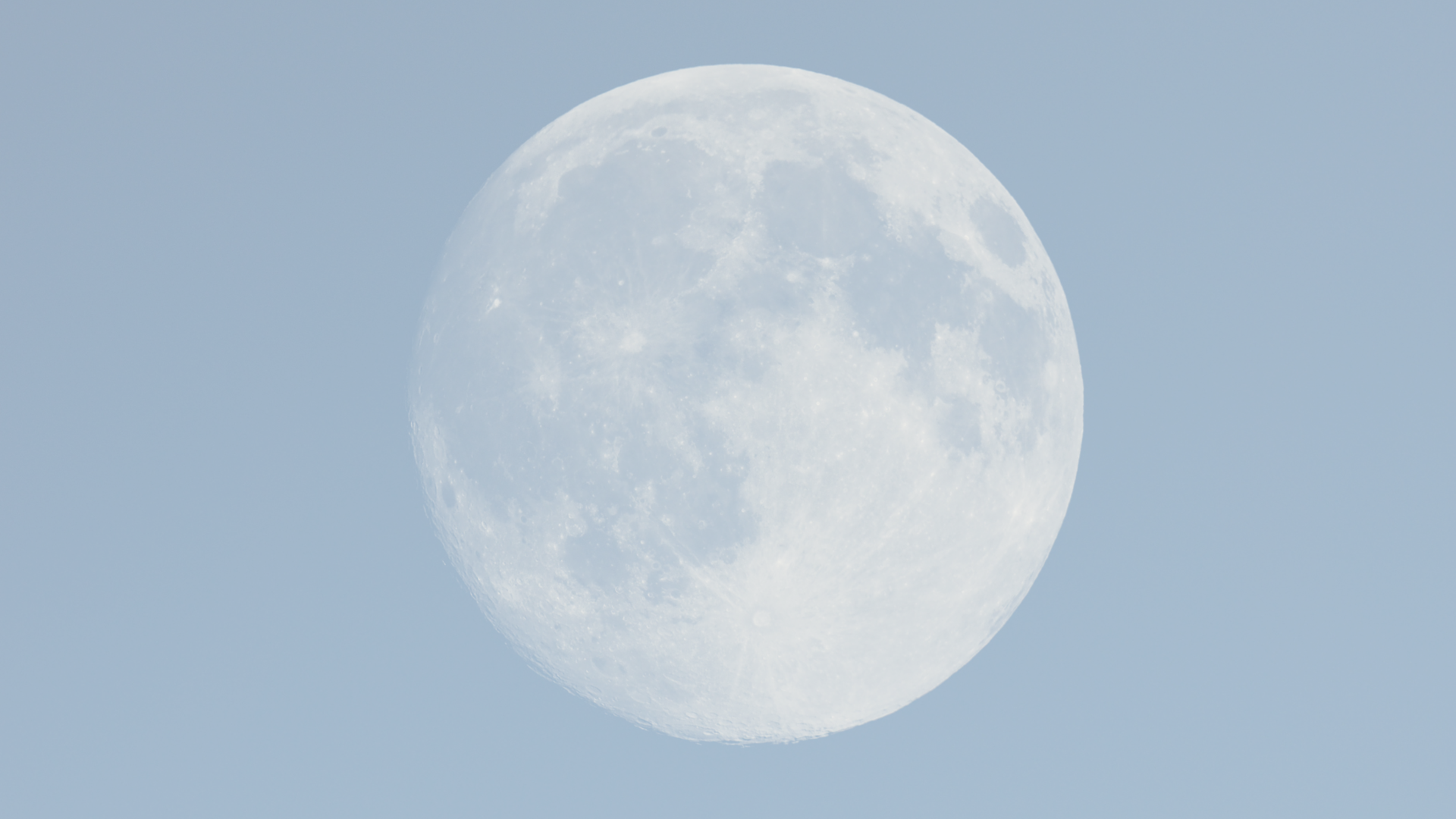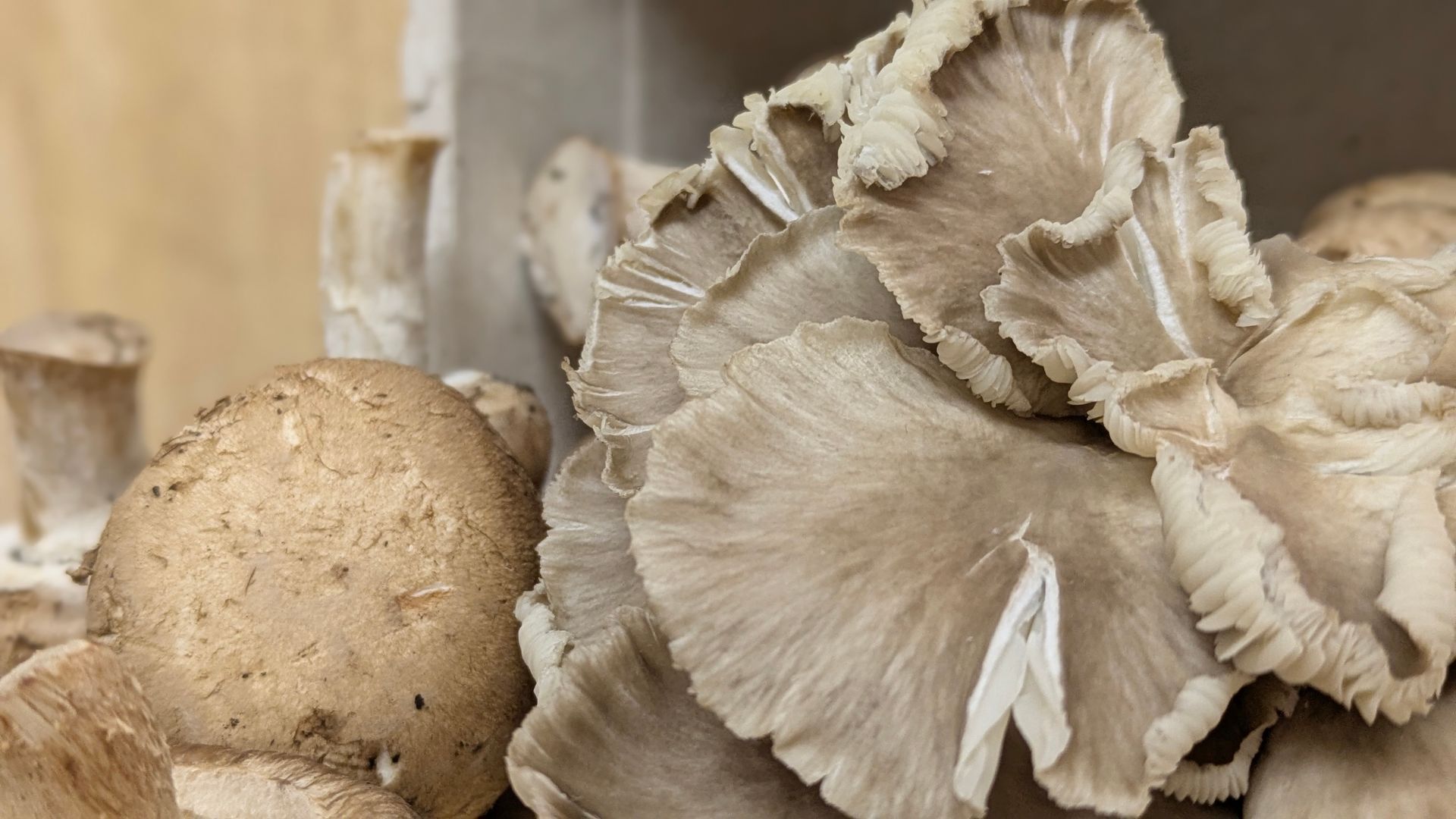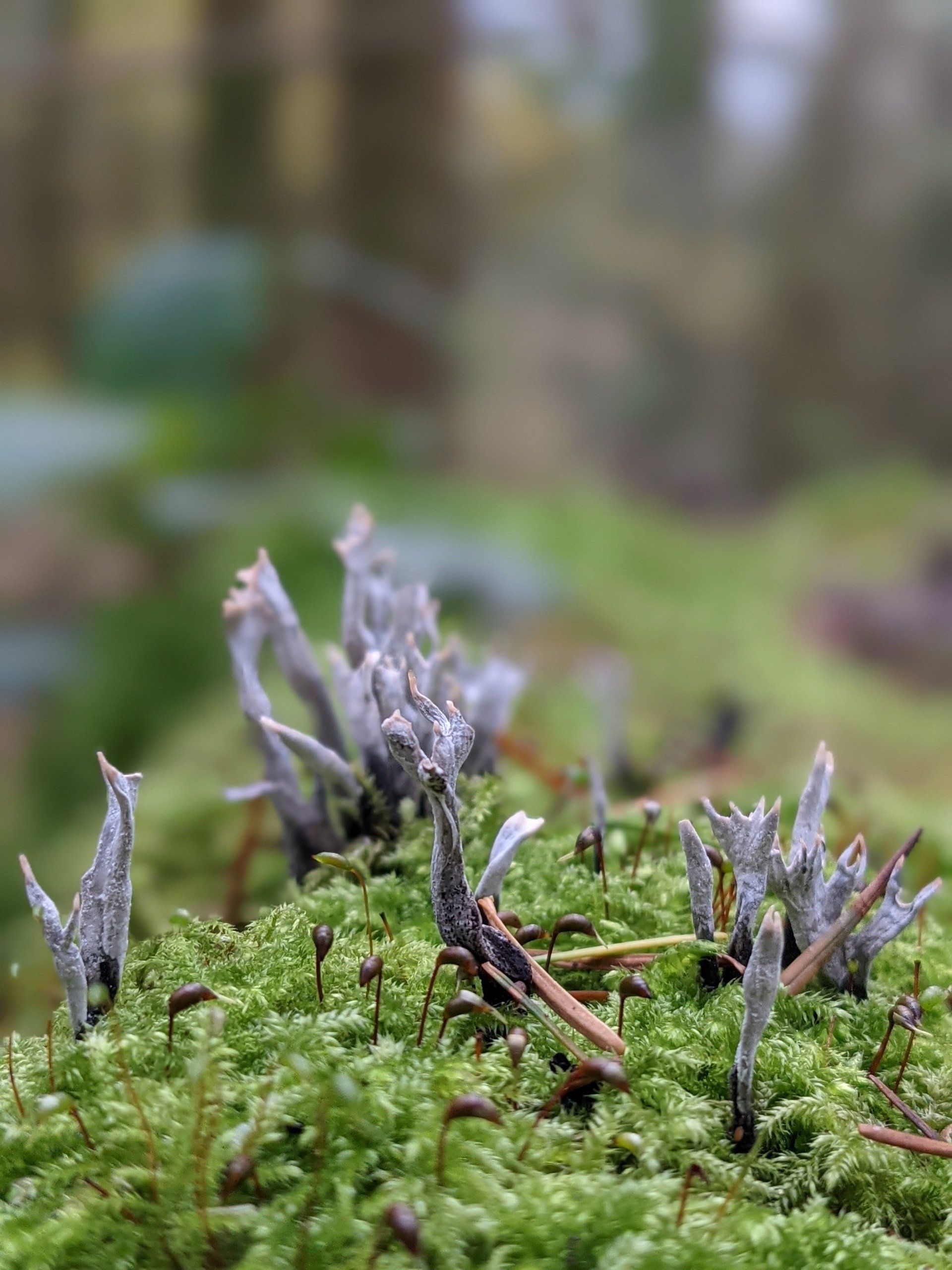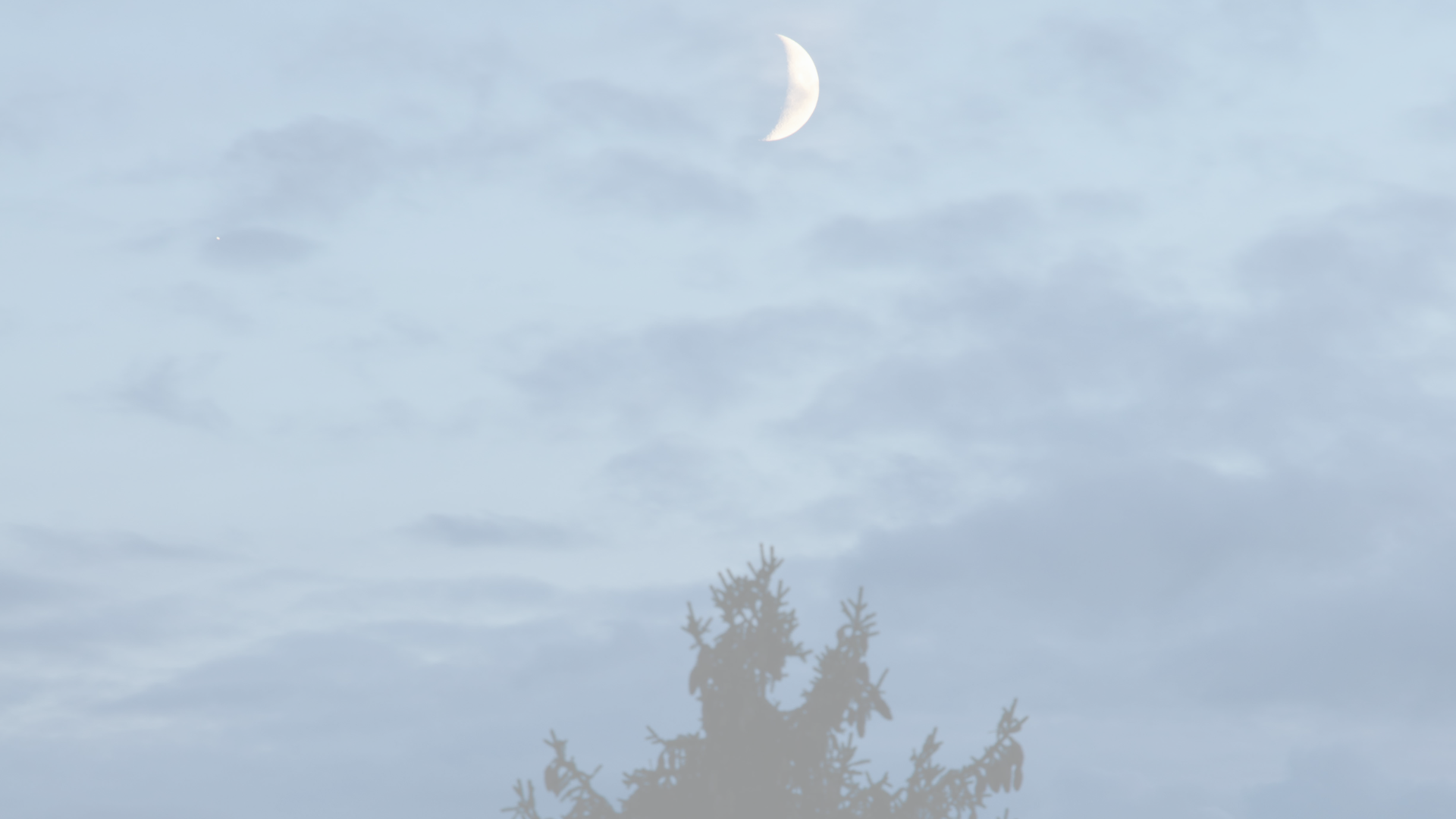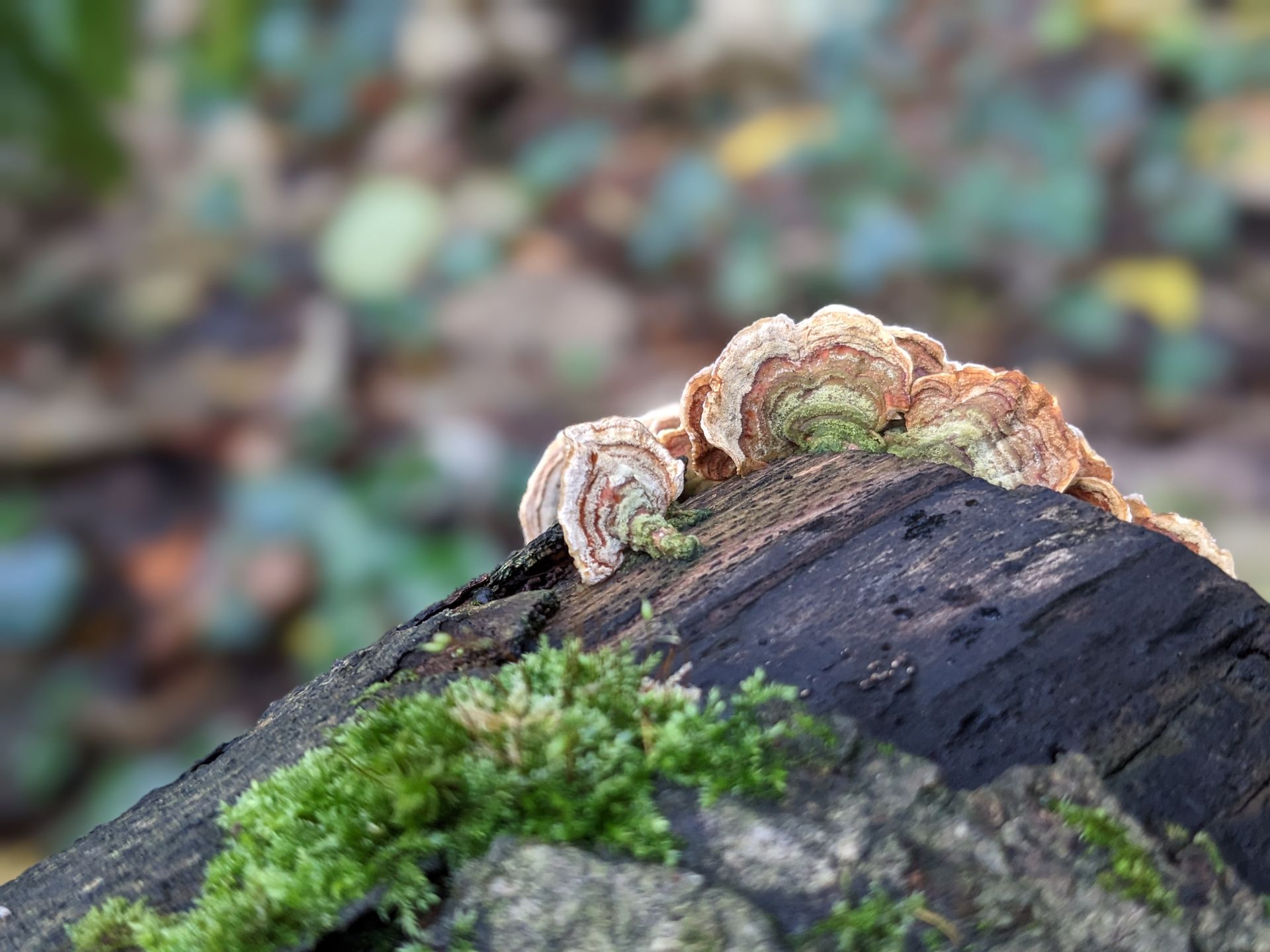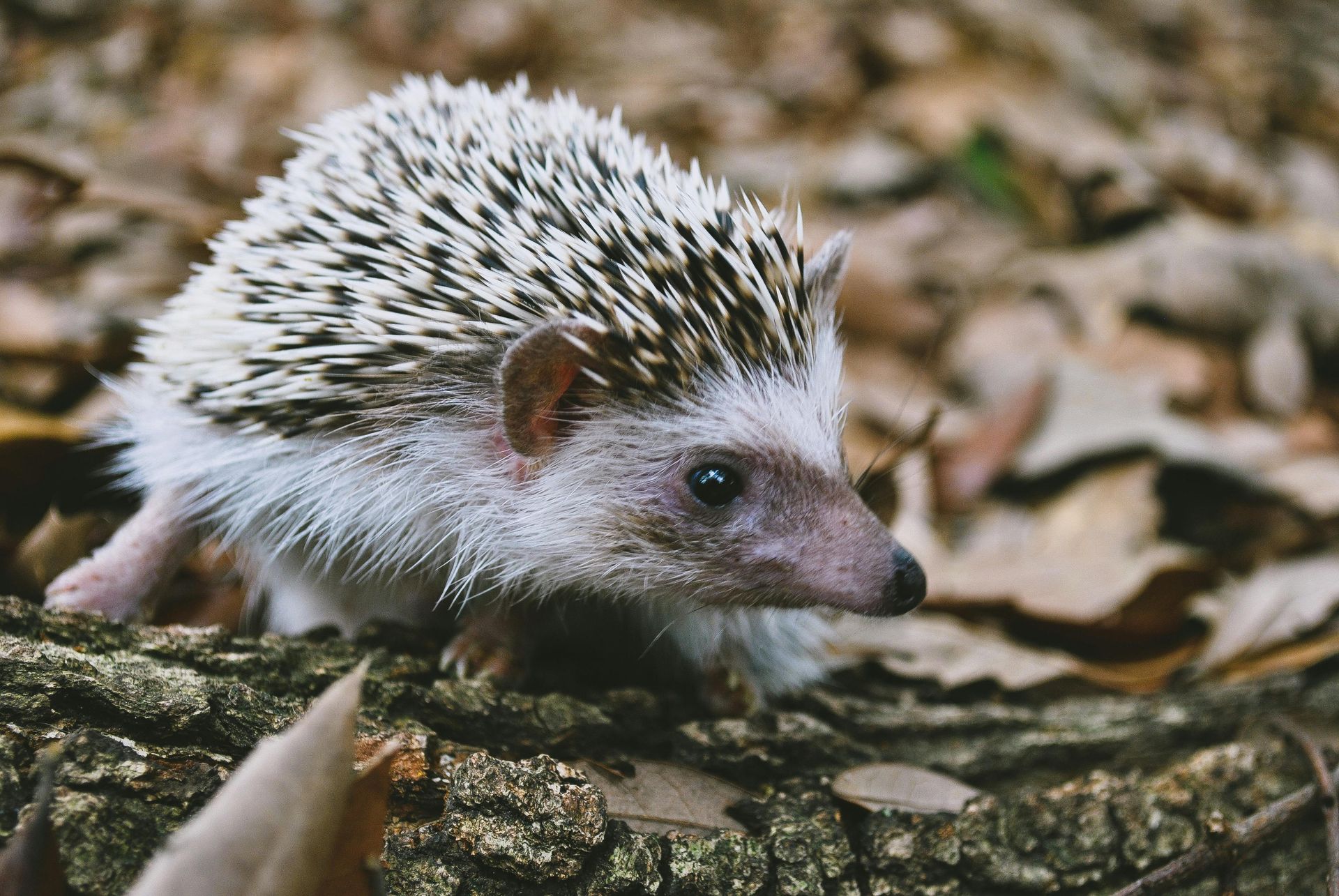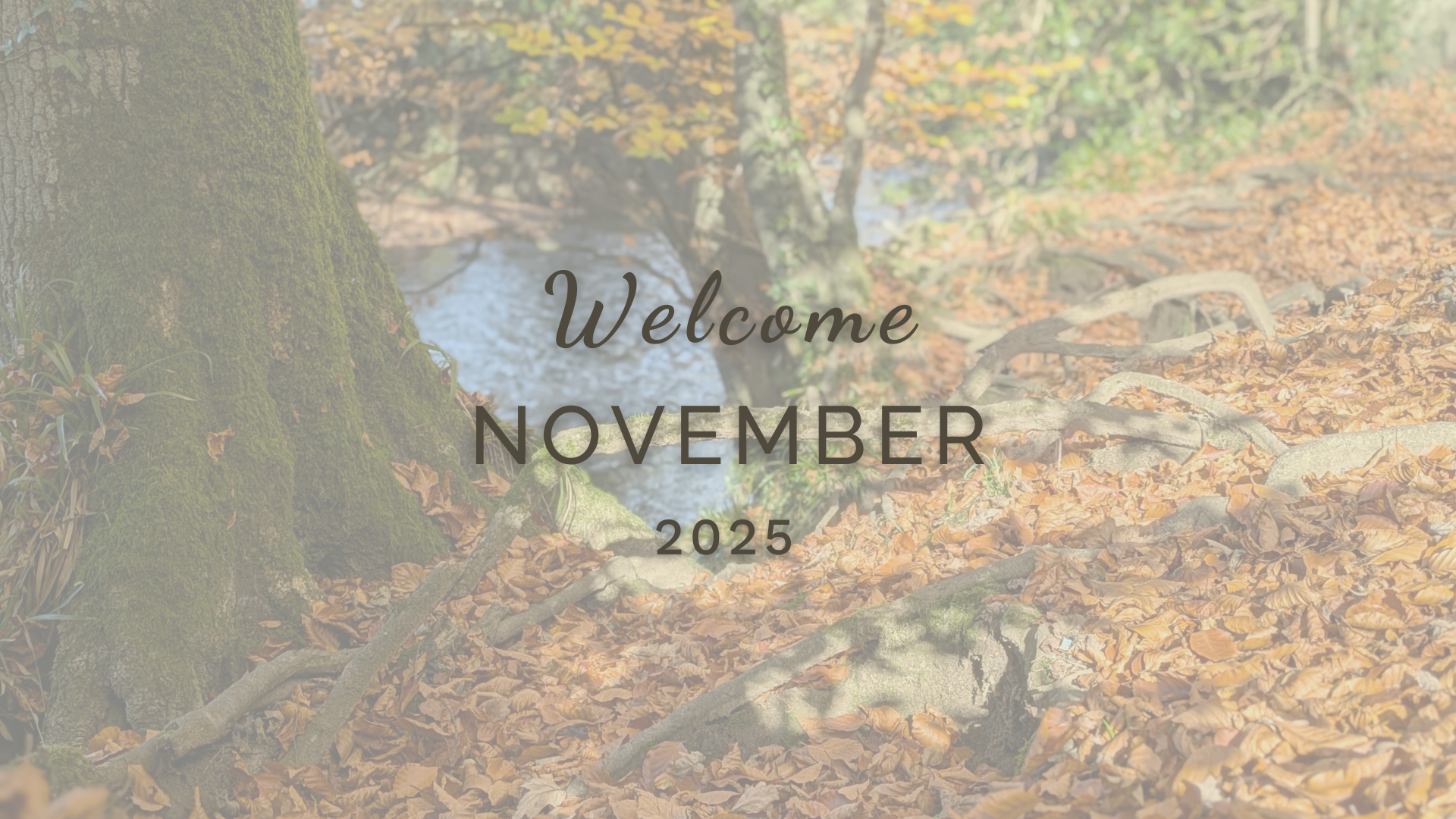A Life In Nature Or How To Catch A Mole by Marc Hamer
The story of the mole and the decline of traditional molecatching
A Life In Nature Or How To Catch A Mole is a delightful and insightful book written about the fascinating life of a mole seen through the eyes of a gardener and traditional molecatcher. Marc Hamer talks about his struggle to justify catching moles and the problem of private lawns that attract moles due to their rich worm populations.
The story of the mole starts around 45 million years ago when moles lived side-by-side with wooly mammoths and ancestors of the Neanderthals. Worms have been here a lot longer and have provided a staple diet for moles since before the Ice Age.
The British Isles saw the first molecatchers around 54 BC who were assigned to protect grapevines and other crops being uprooted. Molecatchers were also hired to remove unwanted moles from the perfect lawns and gardens of the gentry - a practice that is now greatly restricted and subject to only humane population control methods.
Current legislation states that only spring traps commonly used for catching moles can be used and any moles captured must be killed humanely. There are no commercially available repellents approved for use against moles and captured moles should be released at least one mile away from the area of capture. Prior to that, permission is needed to release the moles which must be gained from the landowner to ensure the environment is suitable.
Moles love the worm population that comes from a well-tended lawn and until people learn to embrace a bit of wildness in the Nature outside their back door, molecatchers will continue to thrive.
Marc Hamer
There are three types of European Moles (or Talpa Europaea) known as Golden Moles, Star-nosed Moles and Famous Moles. All moles are believed to be colorblind and nearsighted but their eyes are exceptionally good at detecting light. They are hard working creatures with exceptionally strong necks and shoulders, and massive spade-like hands with two thumbs for digging through hard ground and scooping out soil. The rest of a mole's body is fragile, soft and flexible for turning around in tunnels no wider themselves.
Marc handled many moles during his time as a traditional molecatcher. He describes them as feeling like the best piece of velvet cloth you can imagine. The European mole is covered in dark, blue-black hair that is soft and velvety and brushes just as easily backwads, forwards and sideways, so that the mole can go backwards in the tunnel.
There was a time when molehills ruined the cutters on farm machinery used for harvesting grains. A handful of moles could cover a vast area of arable land with molehills which were quickly covered in weeds This reduced crops and made the land useless for grazing causing farmers to suffer financial loss. Farmers would pay out of their profits to employ molecatchers and for hundreds of years it made financial sense for them.
Things have changed now with farmers advised to raise their cutters to avoid many of the problems. This works well with modern machinery designed to do such things. Private gardeners and landowners are the biggest treat to mole populations in our fair isles. They can cause havoc on tidy lawns rich with earthworms and rather than finding a way to accommodate the passing mole populations, an unwinnable battle pursues.
Marc is clear to state that 'gardening is not Nature; it is using the laws of Nature and science to impose our will on a place, and for some people this need for control goes to extremes.' The fact is that life is rarely as neat and tidy as many would like it to be, and, as all living things have equal value, killing a living thing should be considered very carefully with, at the very least, only the most humane and natural methods used.
This was Marc's mission - to become the most humane molecatcher he could be. It meant studying the life cycles and habits of Moles, talking to farmers and designing traps that were built and placed correctly to ensure the least amount of suffering for the unfortunate moles that came across them. It was a life that brought Marc closer to Nature as he marked the years in quarters at solstices and equinoxes, and fell in with the rhythms, cycles and weather patterns of the seasons.
It was a living mole injured (and not killed) by one of Marc's traps that brought an end to his molecatching days. To prevent any further suffering, he had to kneel down and beat the mole several times across the head with the back of his trowel. It was the final blow and the experience caused him great upset as he had never deliberately killed anything with his bear hands before.
At that moment he stepped out of a familiar world into a completely new one. His struggle to justify his molecatching profession came to an end as he declared to himself that he wasn't a molecatcher any more.
Sue Cartwright
Spiral Leaf
Compassion is born at the interaction between joy and sadness. Compassion for your own life, foregiveness for your own mistakes, is the foundation.
Marc Hamer
Buy the book!
Purchase a copy of this wonderful book by following the affiliate link to the Spiral Leaf bookshop below.
A Life In Nature or How To Catch A Mole by Marc Hamer
Thank you for sharing!
for you, for me and for Mother Nature
Latest Posts
All Posts

